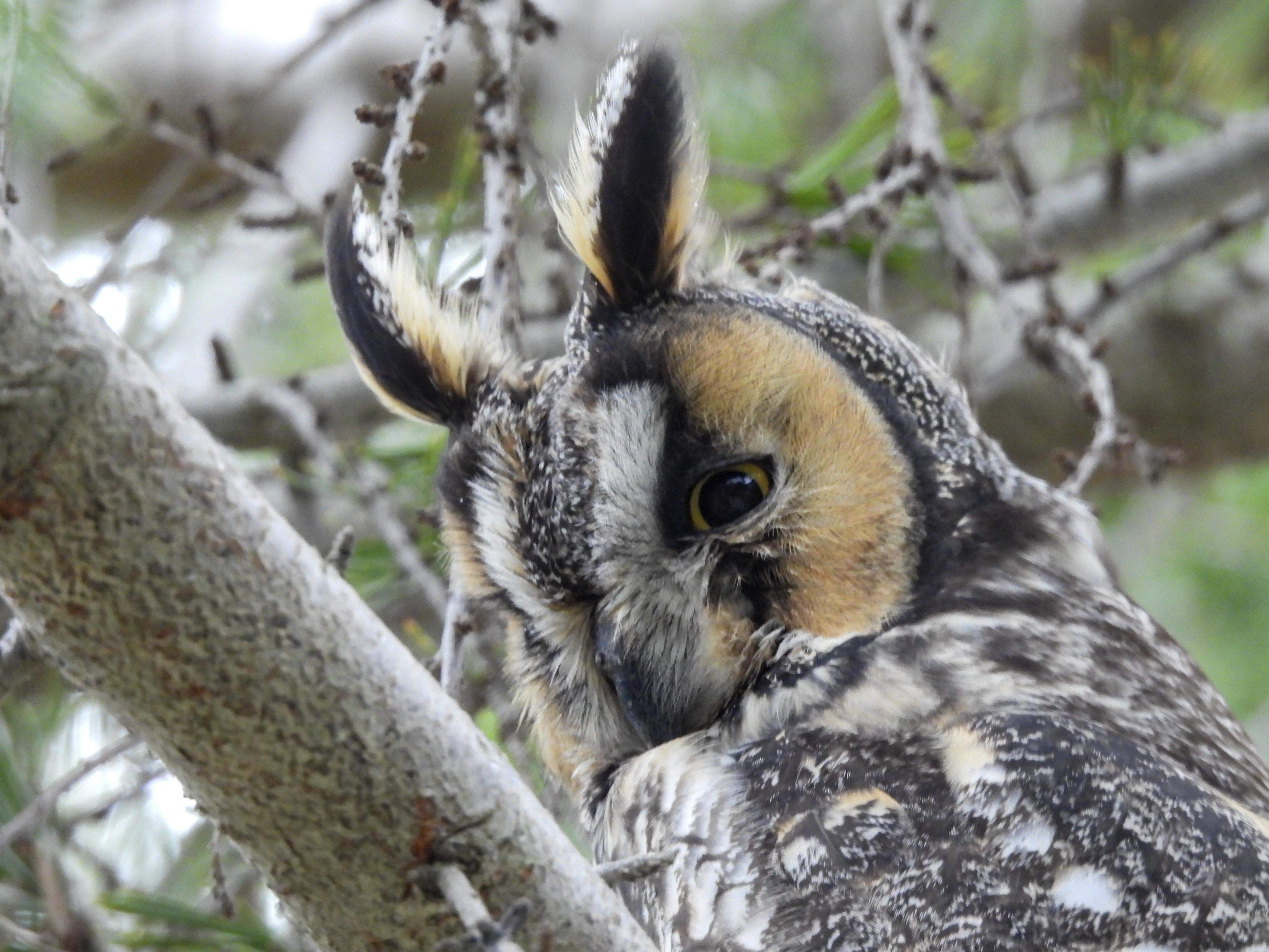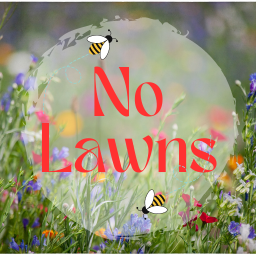- cross-posted to:
- 196@lemmy.blahaj.zone
- greenspace
cross-posted from: https://beehaw.org/post/15199305
[alt text: Text that says, “People [say] 'I never see butterflies or lightning bugs in my yard. Their yard: (colon)”. Below the text is a photo of a birds-eye view of a large house with an equally large yard. The lawn is covered in standard turfgrass (probably Kentucky bluegrass) that has been recently mowed.]

I heard clover can be a pretty good alternative
For some climates, yes, that can be a good first step towards are more biodiverse landscape. Clover is great because it’s tough, adaptable, more drought resistant than many turf grasses, and still holds up to foot traffic.
That said, ideally you want to have a diversity of plants, especially native species, in any landscape. So I think we need to more deeply change a lawn than just adding one more species if we want to bring back all of the species we’ve lost. What exactly that looks like will depend greatly on your local area but if you want a small functional lawn for walking or playing on, there are lots of smaller native species that can be mixed in, including some native clovers, frogfruit, low wildflowers, and other short grasses and forbs. Areas not dedicated to walking and play should grow taller vegetation in most climates, especially large trees which are essential for urban wildlife.
So it’s going to take a whole change in the mentality of what our landscapes should look like. That’s what this community is all about.

I agree wholeheartedly, and thank you for the exceptional reply.
I had to look up what a frogfruit was:


*read the alt txt*
This is a photo??

